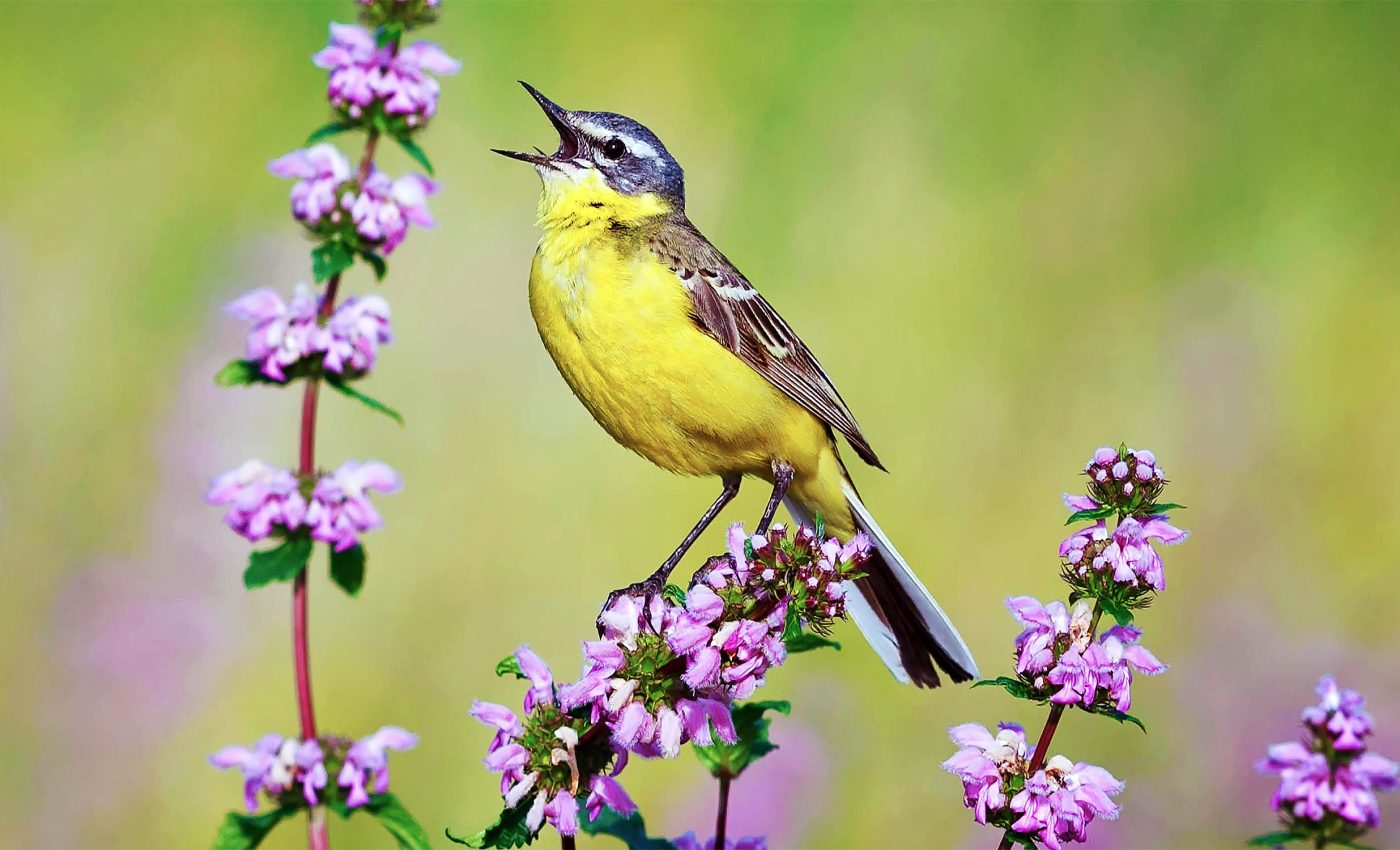
Bird behavior and productivity is being directly impacted by climate change
It’s a simple truth. Birds singing at dawn or dusk is a universal joy. But have you wondered how climate change affects these tiny singers?
The insightful research by Pau Lucio, an Associate Lecturer at the Animal Science Department at the Gandia Campus, and his team, based at the Universitat Politècnica de València and Cavanilles Institute of Biodiversity and Evolutionary Biology of the University of Valencia speak volumes on this critical concern.
Understanding through two Warblers
The team’s in-depth study circled around two specific species — the Moustached Warbler (Acrocephalus melanopogon) and the Common Reed Warbler (Acrocephalus scirpaceus).
These water-loving birds mainly inhabit the Mediterranean coastal wetlands.
The Moustached Warbler, a Spanish local face dwindling population rates, finding itself on the 2021 Spanish Red Data Book of Birds as “vulnerable“.
The Common Reed Warbler, on the other hand, migrates long distances, wintering in Africa, and is, thankfully, of “least concern” due to its broader European distribution.
Science behind the rings
Thanks to a comprehensive database of 25 years of bird ringing in Spain’s wetlands, the research could unravel how various climatic and geographical elements impact the birds’ productivity.
In other words, the correlation between number of offspring born in a year and the number of adult birds.
“Specifically, we have used data from the scientific ringing program for the monitoring of breeding bird species in Spain (PASER) between 1995 and 2021,” adds Pau Lucio.
Climate change influence on birds
The research led to a fascinating discovery. Rainfall plays a decisive role in the Moustached Warbler’s productivity.
Surprisingly, too much of a good thing proved harmful; rainfall above 100mm threshold affected bird species breeding negatively. High temperatures also didn’t sit well with this bird.
Our migratory maestro, the Common Reed Warbler, paints a contrasting picture. Higher temperatures ramp up its productivity, with rainfall making little to no difference, except when it’s about 100 mm.
Future of birds in a changing climate
So, what do these discoveries mean for our warbling wonders?
“Warmer temperatures and more frequent heavy rainfall may compromise the conservation of the moustached warbler in Spain due to the adverse effect of both elements on its productivity,” says Virginia Garófano from the Research Institute for Integrated Coastal Zone Management (IGIC) of the UPV Gandia Campus.
“In contrast, higher temperatures may benefit the common reed warbler.” But, the harmony can flip as climate change doesn’t only impact productivity but also survival rates.
Bird population modeling and climate change
This study could pinpoint climate-sensitive periods by analyzing the most significant climatic impacts on bird productivity using spatial (site, longitude, latitude, and elevation) and temporal changes (year).
The study’s co-author, Rafael Muñoz-Mas, a researcher affiliated with the IGIC of the UPV, highlights the technological breakthroughs that enabled this progress in bird population trend modeling.
He explains, “This advance in the ecological modeling of trends in bird populations has been possible thanks to the use of complex data modelling techniques.”
Muñoz-Mas goes on to explain that these techniques include data mining, machine learning, and the application of genetic algorithms to optimize the models.
Conservation strategies for bird species
The pressing question is: what measures can we adopt to safeguard species like the Moustached Warbler from the impending threats of climate change? The research team suggests a multipronged approach.
Firstly, stringent protection of their wetland habitats is paramount. These ecosystems must be preserved and restored to maintain the delicate balance vital for the species’ survival.
Additionally, creating and implementing climate-resilient management practices can buffer the adverse effects of extreme weather conditions.
This could involve the installation of water level control systems to counteract excessive rainfall and mitigate habitat loss.
Moreover, fostering international collaborations focused on migratory birds can ensure synchronized conservation efforts across borders, offering a lifeline to species like the Common Reed Warbler throughout their journey.
Role of citizen science
As intricate as these conservation strategies might be, the involvement of local communities and citizen scientists cannot be overstated.
Empowering individuals to participate in bird monitoring and data collection enriches scientific databases and enhances the breadth of research.
Programs encouraging bird ringing, nest monitoring, and habitat assessments furnish invaluable, ground-level insights into bird populations and their responses to climatic shifts.
Furthermore, raising awareness through educational initiatives about the impact of climate change on avian species instills a sense of stewardship within communities.
Through collective efforts, we can amplify our response to climate challenges, ensuring the resilience and continuity of the vibrant avian chorus that connects us all to nature.
So, while we continue to harmonize our lives with the melodic notes of birds, let’s make sure our actions don’t hit a sour note in their survival symphony.
The study is published in the journal Bird Study.
—–
Like what you read? Subscribe to our newsletter for engaging articles, exclusive content, and the latest updates.
Check us out on EarthSnap, a free app brought to you by Eric Ralls and Earth.com.
—–













